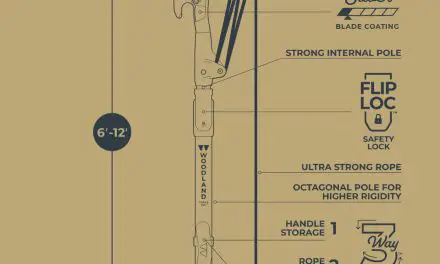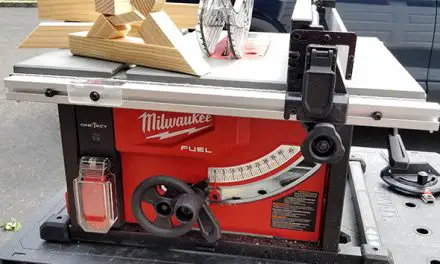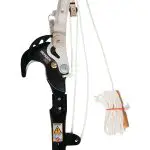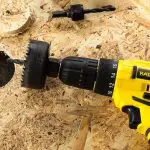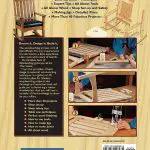Soccer often referred to as football in many countries, is a fascinating sport. It is the most popular sport in the world and is enjoyed by millions of players and spectators alike. With its history stretching back centuries, the game has evolved to what it is today, with many rules and regulations dictating the way that it is played. One such regulation is what is known as “the woodwork”, a particularly important aspect of the game that can often decide victory or defeat.
What Is The Woodwork in Soccer?
In soccer, woodwork refers to any part of the goal structure that includes both posts and crossbar. Specifically, when a shot strikes either post or crossbar (known collectively as “the woodwork”) without crossing into the goal itself, then this action constitutes what’s referred to as hitting the woodwork. Nowadays if a goal is scored that has hit either post or crossbar then it is still counted as a goal.
The origin of the word “woodwork” in soccer comes from the early days when the goals were made out of wood and thus hitting either post or crossbar was referred to as striking the woodwork. It is a very important part of the game, as any shot which hits this structure may have been otherwise on course for a goal – and therefore must be taken into account during tactical play. In modern times, this term remains mainly due to tradition, but an understanding of what constitutes ‘the woodwork’ often remains an important factor in match strategy.
Why are football goal posts called the woodwork?
The phrase ‘woodwork’ is derived from the days when football goal posts were actually made of wood. The phrase was used to describe a shot that narrowly missed the goal, often due to the post being in its way. This saying has been around since at least the early 1900s, which is evidenced by its first documented use in Joyce Cary’s 1934 novel Mister Johnson.
It remains a popular term among football fans and commentators today! In more recent years, traditional wooden frames have been replaced with metal or plastic alternatives, but the phrase ‘woodwork’ has remained as an important part of soccer terminology. So if you hear someone refer to a near miss as hitting “the woodwork,” now you know exactly what they mean!
When did soccer goals change from wood to metal?
Soccer is one of the most popular sports in the world, and it has a long history. When it comes to soccer goals, technology has changed a lot over the years. When soccer first started, goals were made out of wood. They had to be hand-crafted and they required a great deal of maintenance. However, by the late 19th century, metal goals began to appear on soccer fields around the world.
The introduction of metal goals was mainly due to advancements in engineering and manufacturing techniques that allowed for more durable materials to be used for construction. Steel frames were introduced as soon as 1880, while galvanized steel frames became popular 10 years later. It was only in the 1950s that aluminum replaced steel as the material of choice for making soccer goals due to its lightweight and durability.
Today, most professional leagues use either aluminum or steel goal frames, with the former being a more popular choice due to its lighter weight. Other modern materials such as fiberglass, plastic, and composite materials are also used for goal construction in some cases.
Overall, metal soccer goals were first introduced in the late 19th century and have since become the industry standard for professional leagues. The introduction of new materials such as aluminum and fiberglass has further improved the quality and durability of soccer goals over time. With continued advancements in technology, one can only expect even better goals to be made available in the future!
FAQs:
Q1: Is it always considered bad luck to hit the woodwork in soccer?
A1: Not necessarily, as hitting the woodwork can often just be part of the game. However, it is true to say that if a shot strikes either post or crossbar and does not go into the goal then this can often be seen as bad luck for the attacking team.
Q2: Does hitting the woodwork mean the ball doesn’t count as a goal?
A2: No – nowadays if a goal is scored that has hit either post or crossbar then it still counts as a goal. This was not always the case in early football rules, however, where such goals were not counted.
In conclusion, what is known as “the woodwork” in soccer refers to any part of the goal structure that includes both posts and crossbar. It is an important aspect of the game, as any shot which hits this structure may have been otherwise on course for a goal – and therefore must be taken into account during tactical play. Understanding what constitutes ‘the woodwork’ can often remain a key factor in match strategy, even though nowadays a goal scored off of hitting either post or crossbar will still be counted as valid.




